What is crepe de chine? This fabric is currently at the peak of popularity, modern fashionistas appreciate the material for its multiple positive properties. It is relevant in the summer heat, when you want coolness, it allows the body to breathe, leaving behind airy lightness and weightlessness.
Historical background
The exact time and place of origin of crepe de chine is unknown. CrepedeChine in translation from French means "crepe from China" (Chinese silk). It is believed that the ancestor of crepe de chine is China. It was Chinese craftsmen who first learned to work with silk. Crepe de chine is a type of crepe, in its production, highly twisted threads are used, due to which the strength and roughness of the material is achieved.
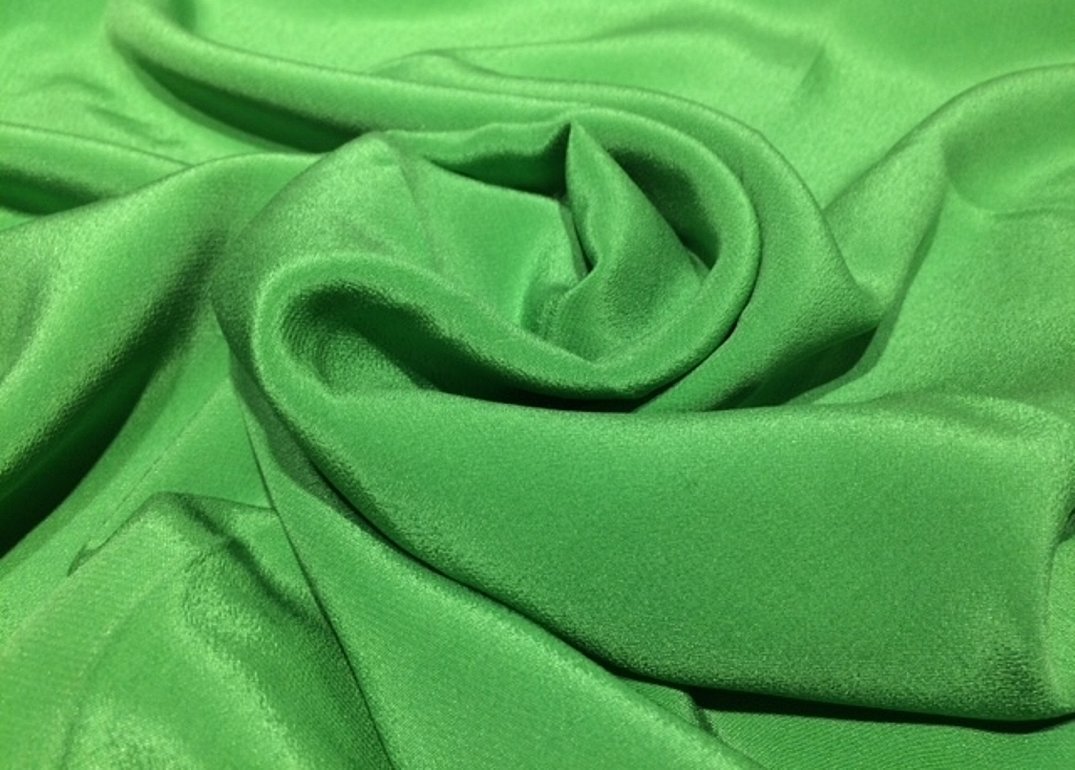
In the 60s of the 20th century, this fabric was at the peak of its popularity, as evidenced even by the song "Thirty meters of crepe de chine", the song describes everything that was valuable at that time, crepe de chine is a material worth its weight in gold.
Important! Crepe de Chine is a type of silk.
Composition and properties
Crepe de Chine - what kind of fabric is it, what properties does it have? It is a type of silk with a grainy, slightly rough surface, does not crumble. Its external characteristics are similar to georgette, but it is less transparent. The properties of the material allow the skin to breathe, absorb excess moisture, create beautiful images, due to the fact that it does not wrinkle and can be draped, forming beautiful and flowing folds.
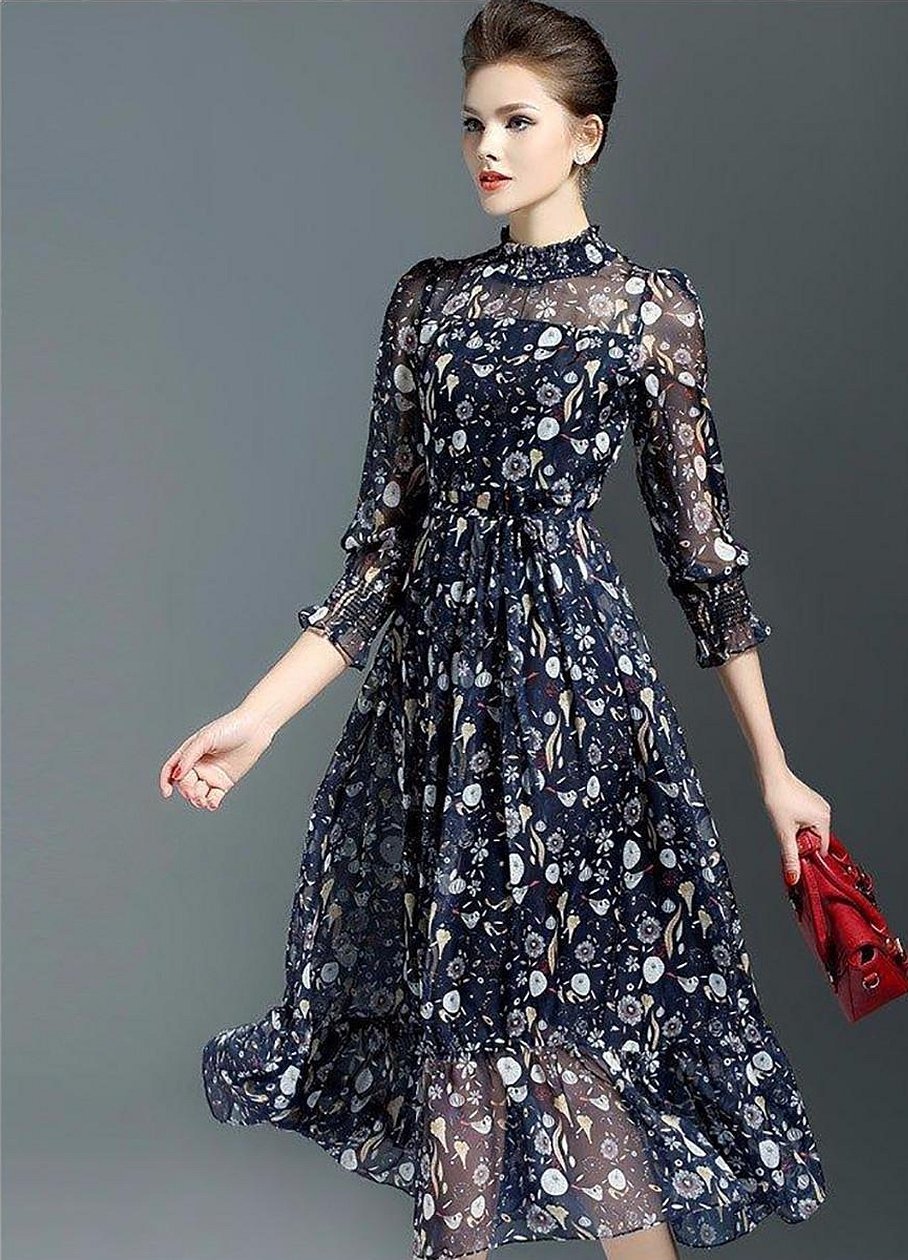
The basis of the fabric is silkworm fibers, due to which a flowing, dense and beautiful material is achieved. Modern textile production actively uses admixtures of cotton, wool, linen, polyester and synthetic threads. The main goal pursued in production is to achieve a material that is pleasant to the body and flowing. There is a new variety - crepe de chine stretch - allows products to stretch, spandex and elastane are added to its composition.
Interesting! Adding 2-3% elastane impurities provides elasticity while improving wear resistance.
Crepe production technology
Crepe production is based on crepe twisting of fibers. The roughness of the material surface is achieved by alternating twisted and warp threads in the weft. This approach to production results in high strength of crepe fabric. When the threads are twisted in one direction or in a chaotic direction, a semi-crepe fabric is obtained.
Despite the fact that crepe de chine contains silk threads, there is still no intense shine on the surface of the fabric. Cotton, linen, synthetic, polyester, and wool threads are additionally used in production. Thus, there are different types of crepe: georgette, chiffon, double, diving, marocain, and others. Crepe can be plain, colored, or printed.
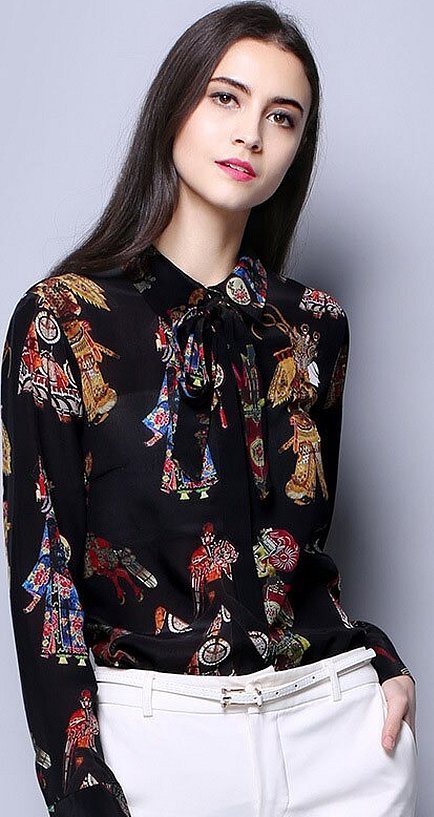
Application areas
Crepe de Chine is widely used for sewing women's clothing, it is ideal for creating feminine and romantic images. Due to its properties, it is perfect for sewing summer clothes, as it allows the skin to breathe, absorbs excess moisture.
For reference! In medieval China, the finest fabrics were available only to members of the imperial family.
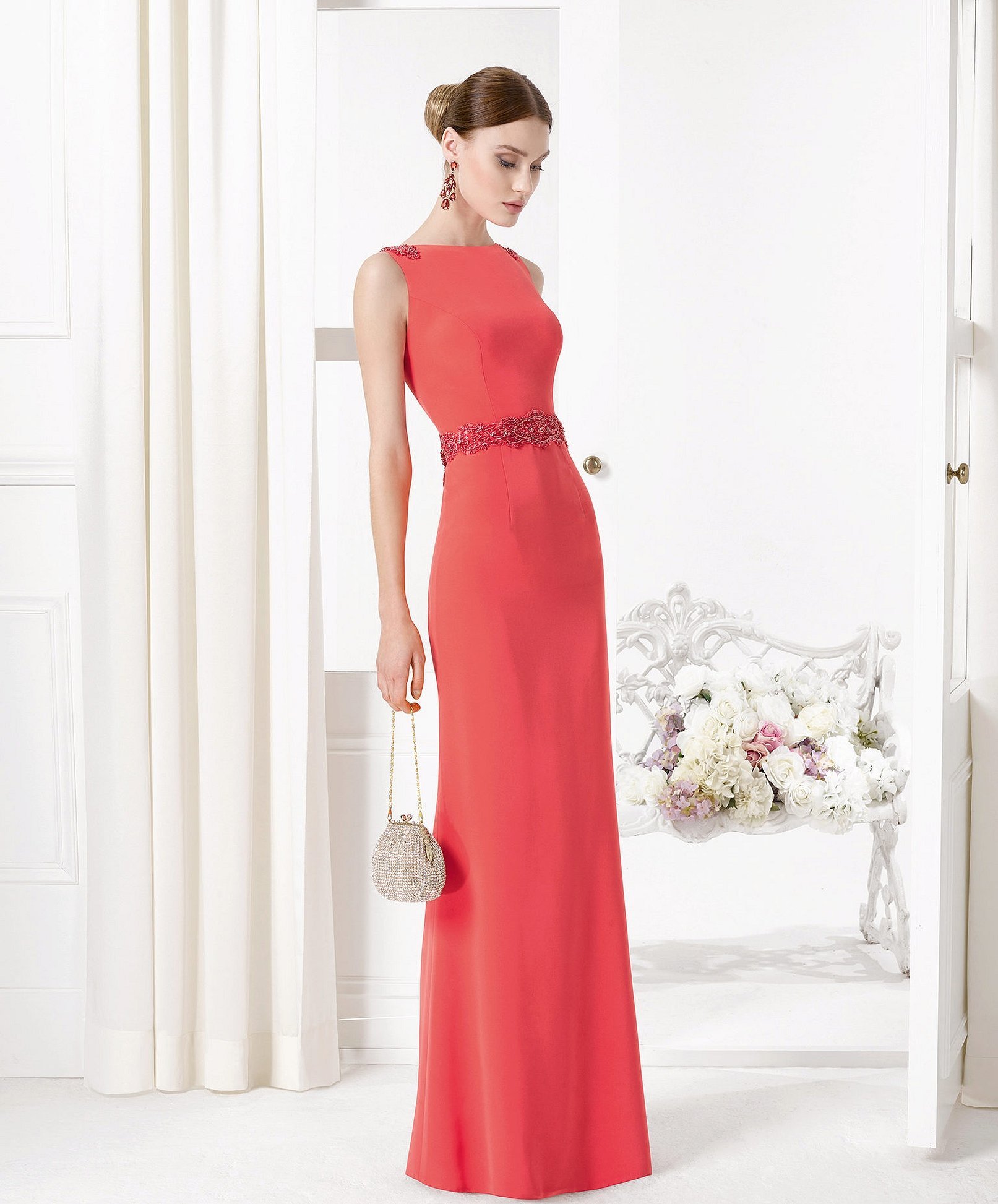
Crepe de Chine fabric - description of areas of application:
- women's clothing (dresses, suits, sundresses, blouses, tunics, skirts, shawls, pareos, scarves);
- textile products (used for souvenirs, making tablecloths, napkins, airy curtains);
- bed linen (crepe de chine bed linen is highly valued by users).
Distinguishing features when buying
Many will be interested in the question of how not to make a mistake and distinguish crepe de chine from other materials? With the help of such recommendations, you can navigate when buying a canvas:
- After taking the fabric, you need to squeeze it in your hand. If after squeezing the fabric straightens out without leaving any creases, then it is a natural material.
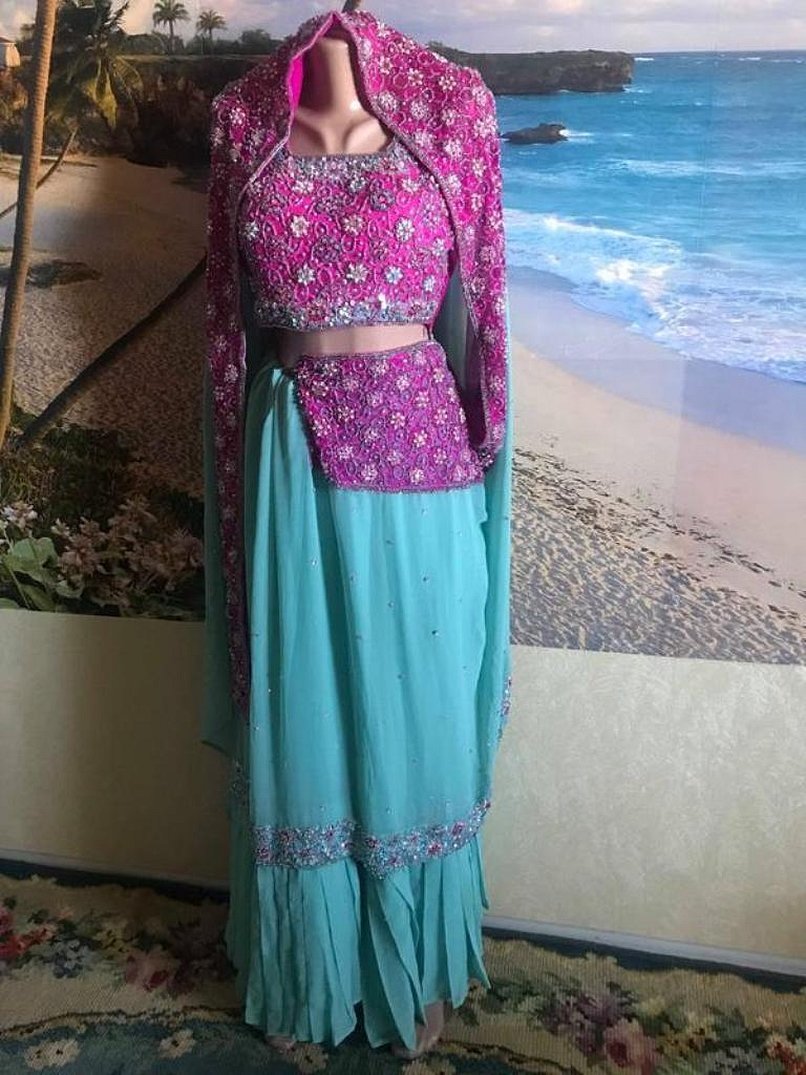
- Fold the fabric in half and rub it between your hands; if you feel a graininess (something like sand) when rubbing, then this is the right fabric.
- The product label will tell you everything about the fabric (whether it is a fabric or a finished product), caring sellers write the composition of the fabric and the impurities included in it, if any.
What to sew from crepe de chine, for what products is it best suited
A wide range of colors and density allows using crepe de chine for various products. Due to its exceptional drape, it is widely used for sewing women's clothing and not only in textile factories, but also at home.

Formal and casual wear such as:
- Blouses, with long and short sleeves respectively.
- Suits. Thicker crepe de chine makes excellent suits, decorated with satin, lace, guipure, and chiffon trims.
- Evening dresses. They look solemn at festive events. Silk crepe de chine allows you to feel lightness, a flowing train. Modern designers come up with completely different ideas for styles, which they bring to life using this fabric.
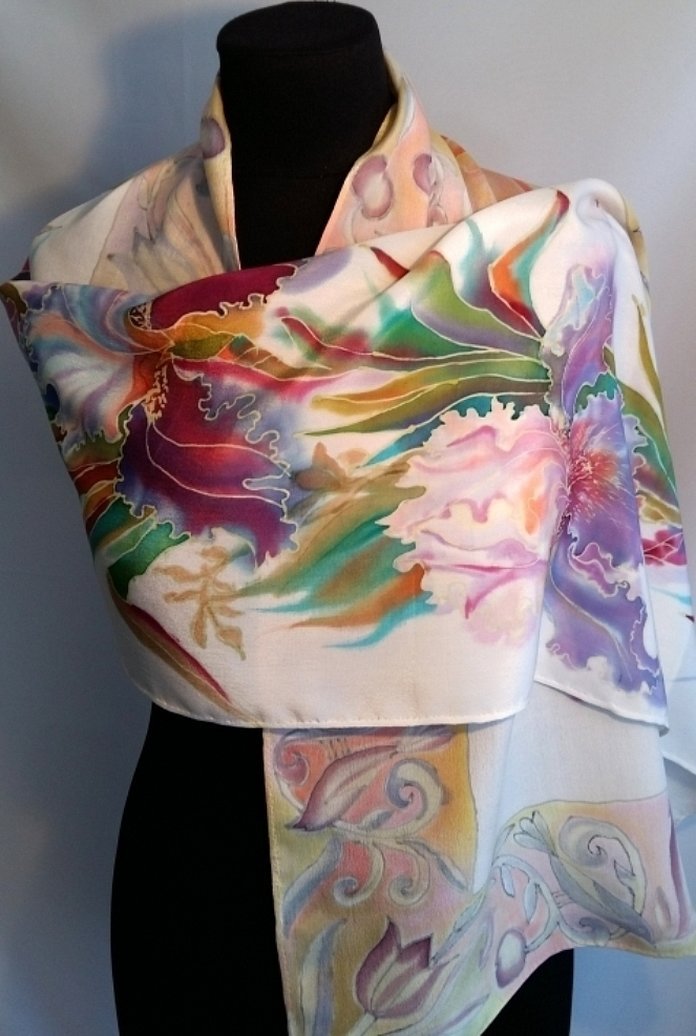
- Skirts. These can be skirts of completely different cuts: straight, sun, flared, etc.
- Shawls and scarves. It is impossible to complete the image without these fashionable accessories. Due to the rough structure of the material, they are perfectly held on the shoulders and head.
- Pareo is indispensable for a beach holiday. It protects from ultraviolet radiation, allows you to create new styles in beachwear, and hides figure flaws.
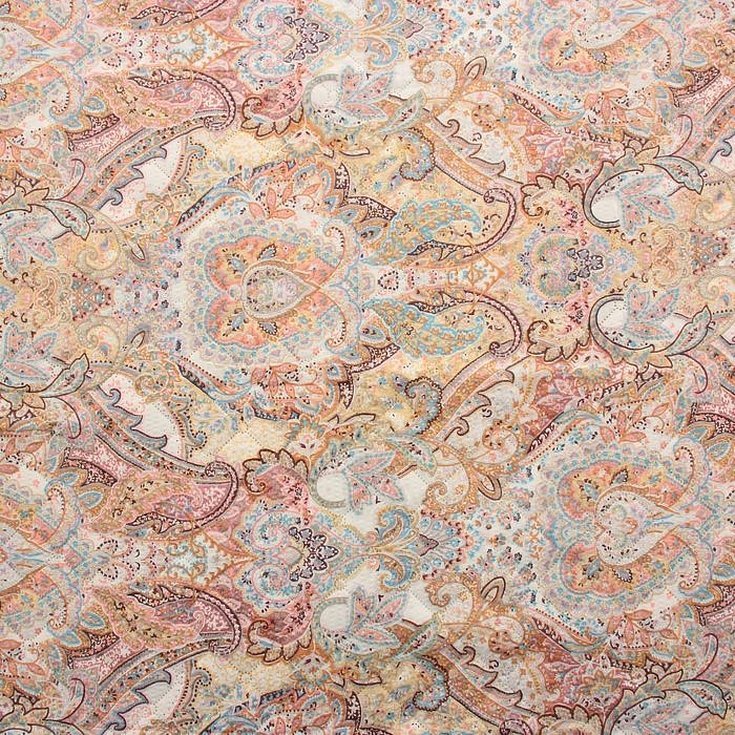
- Tablecloths and napkins. Thanks to the naturalness and wide range of colors, wonderful textile products are sewn that will decorate any holiday.
How to care for crepe products
Crepe items are practical to use and easy to care for. However, to prevent items from fading and to keep their original appearance for a long time, they need to be handled with care and washed properly.
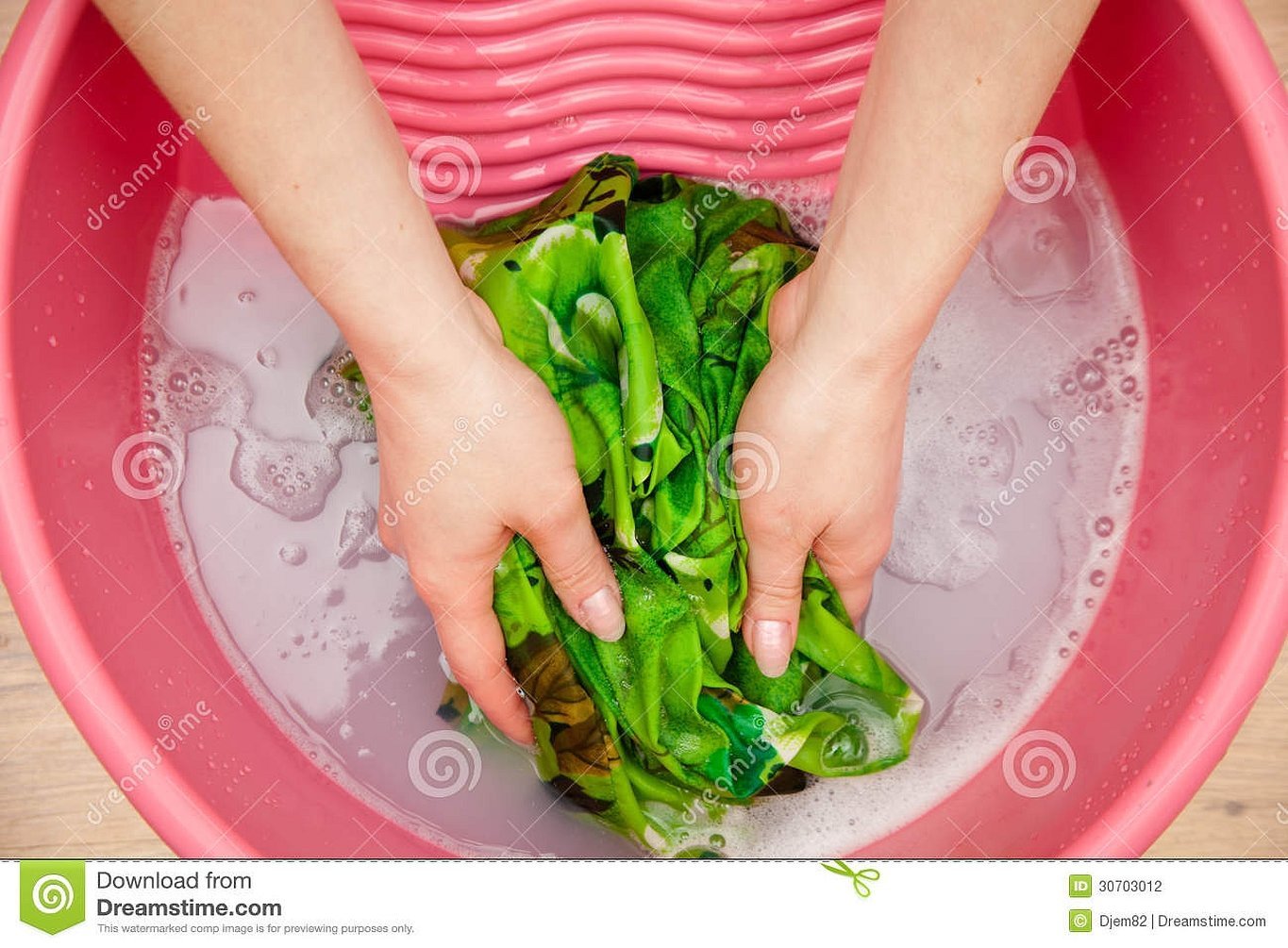
Care features:
- Hand wash. In order for the products to please with their roughness and shine, it is advisable to wash them by hand. However, if this is not possible, it is better to turn on the washing machine on a delicate mode.
- It is necessary to pay attention to the tags, which contain information about the product and how to care for it.
- Use soft or gel detergents. In order not to damage the structure of the fabric, you should avoid soap and powder, they clog the structure of the fabric, make the color dull.

- Do not wring. As a rule, it is better not to wring crepe items, hanging them on hangers before drying (the water drains off and the items dry very quickly).
- Using conditioner. It is recommended to use fabric conditioner with each rinse. To speed up the drying process, simply place the item between a terry towel, it will absorb excess moisture.

- Dry in the shade. Avoid direct sunlight and keep away from heat sources.
- Iron only from the inside out. If you need to iron the item, it is better not to wait until it is completely dry and iron it with a non-hot iron (130 degrees). To prevent stains from forming on crepe items during ironing, it is better not to spray them with water.
- Storage in special covers, in well-ventilated areas.
- Products with lurex threads should be dry cleaned.
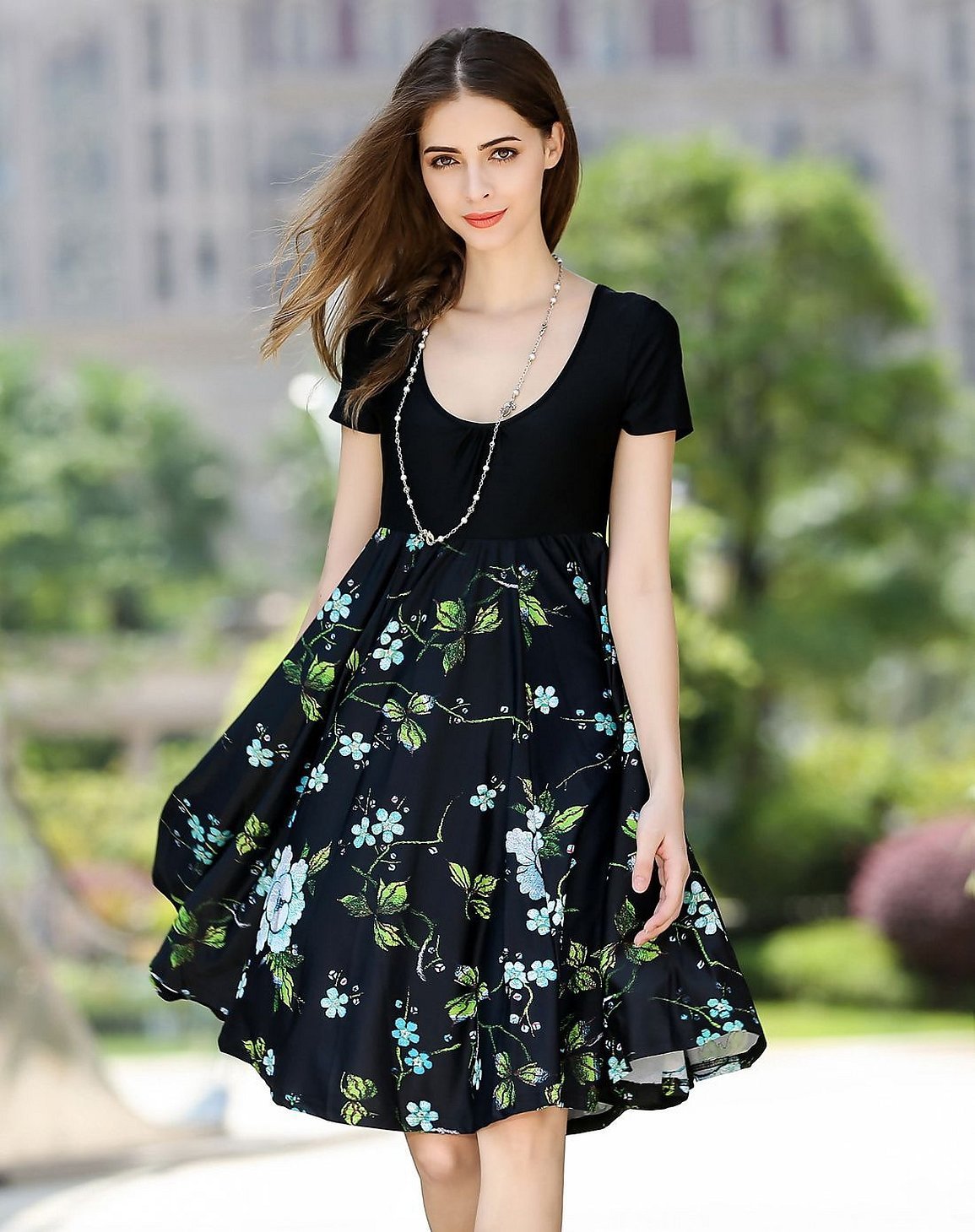
Please note! It is better not to soak crepe items before washing, as the material is prone to fading.
Advantages and disadvantages of crepe
You can assess the quality of the fabric by examining in detail the features of its structure, positive and negative properties.
The advantages include:
- wrinkle resistance (thanks to the weft yarn processing system);
- air permeability (allows air to pass through, allows the skin to breathe, while at the same time not allowing sunlight to pass through);
- wide range of colors;
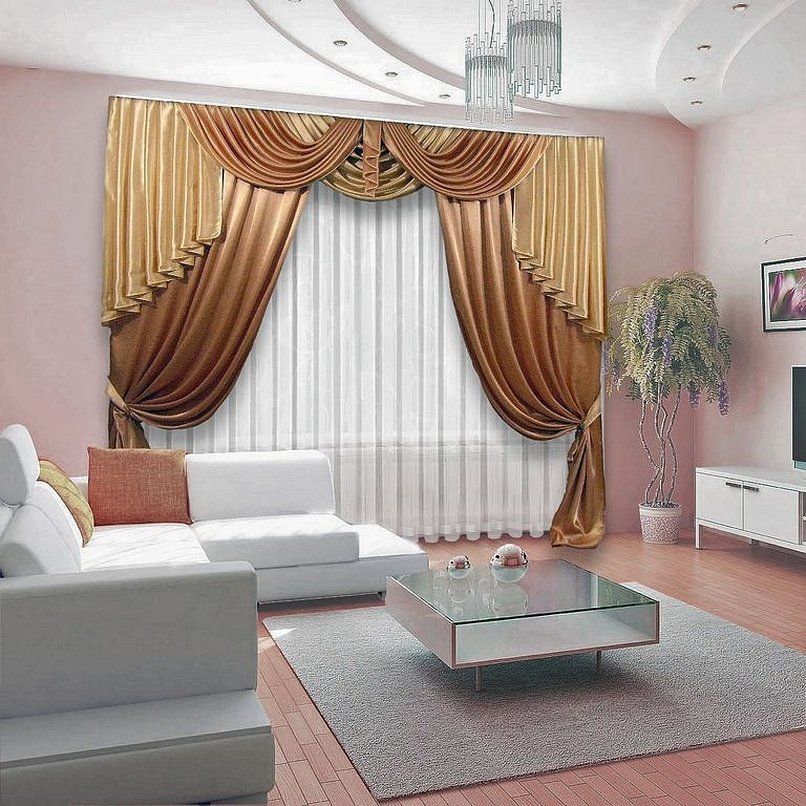
- lightness (crepe has a low weight: normal from 40 to 70 grams per square meter, denser material up to 130 grams);
- density and strength (due to the strong interweaving of silk fibers, the wear resistance of the material increases);
- thermoregulation;
- practicality (comfortable to wear, does not fade, easy to care for if you know the intricacies);
- festive (easy to drape, plays with bright colors in the sun).
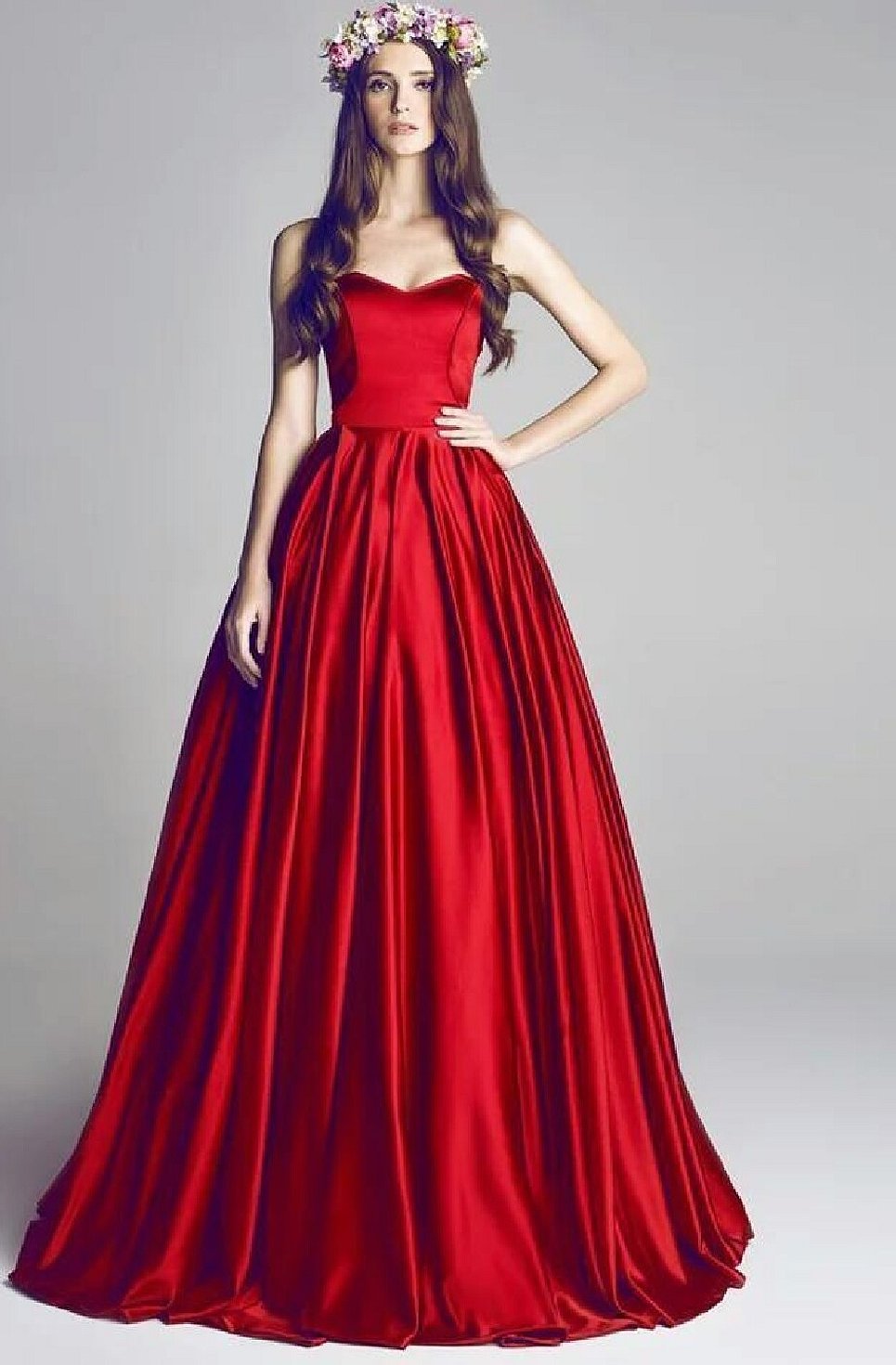
The disadvantages include:
- inelasticity (generally does not stretch well, except for the material that contains spandex, elastane, synthetics);
- absorbs foreign odors;
- easy to care for (hand wash);
- not very affordable;
- prone to shrinkage (when buying fabric, you need to take this feature into account in order to avoid getting into trouble).

Important information! Crepe threads become brittle if items are not dried correctly.
Customer Reviews
Valeria, 34 years old
"A colleague I work with wears crepe de chine dresses and notes that they are difficult to wash and dry, but she makes these sacrifices because of the significant advantages of this fabric. She shines in dresses made of it and catches admiring glances from men."
Alisa S., 23 years old
"I recently visited my grandmother and took a crepe de chine blouse out of her chest - it's like new, and not only because my grandmother treated it with care. This fabric has flown through the years and looks amazing. Of course, I took the blouse and am already wearing it with pleasure. It's a classic cut with a pleasant texture, in a small lilac cucumber, the pattern on the fabric is just as bright and juicy, it gives me coolness and weightlessness on hot days. And everyone asks, where did I get such a blouse?!"
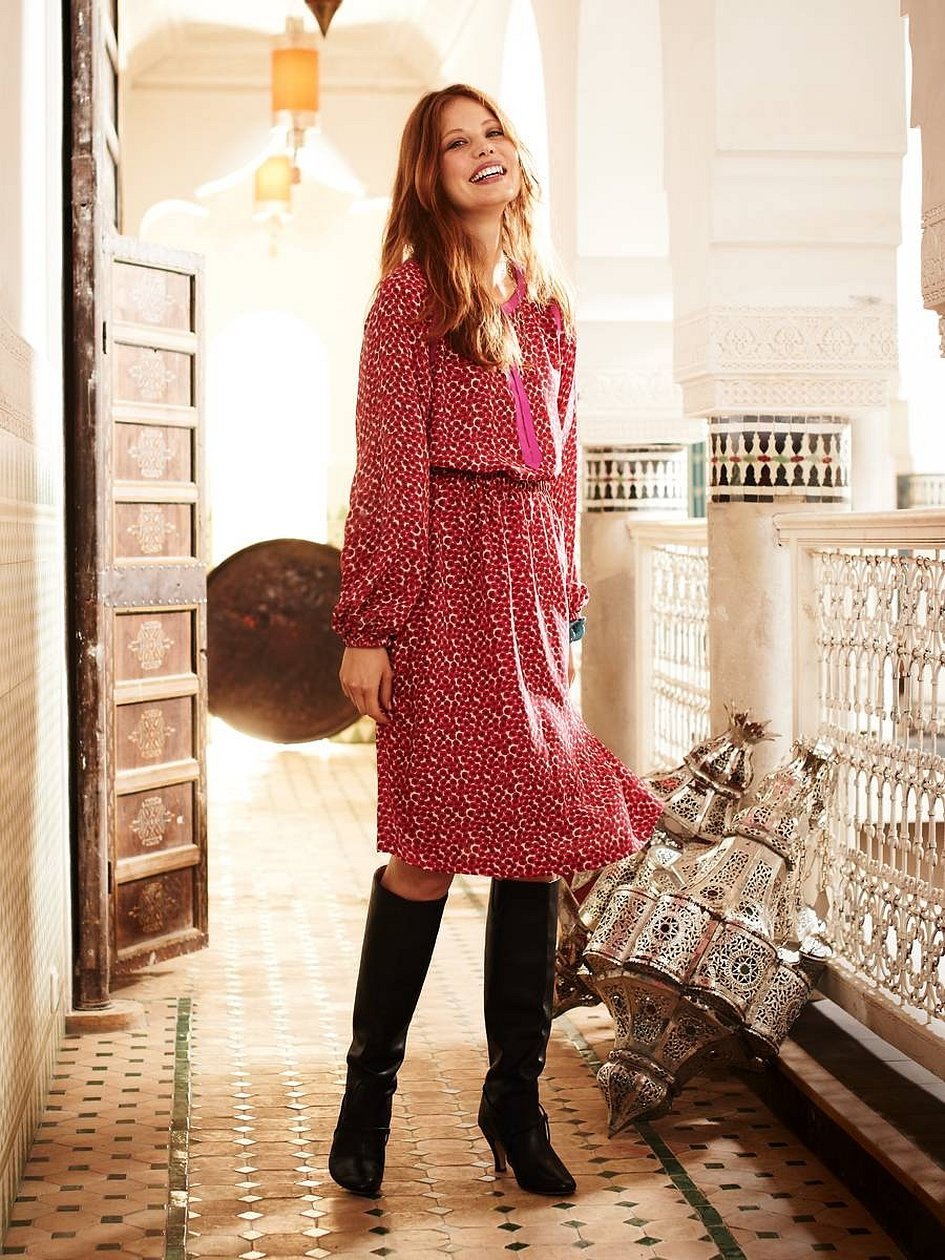
Clothes made of natural crepe de chine are sold in boutiques and are very expensive. An alternative is to buy crepe de chine fabric, from which you can sew clothes yourself. Now there are many sewing recommendations on the Internet, which even an amateur can understand. Crepe de chine is a durable fabric, with proper handling it retains its original appearance for a long time. The material does not fade in the sun and allows you to look presentable time after time.




